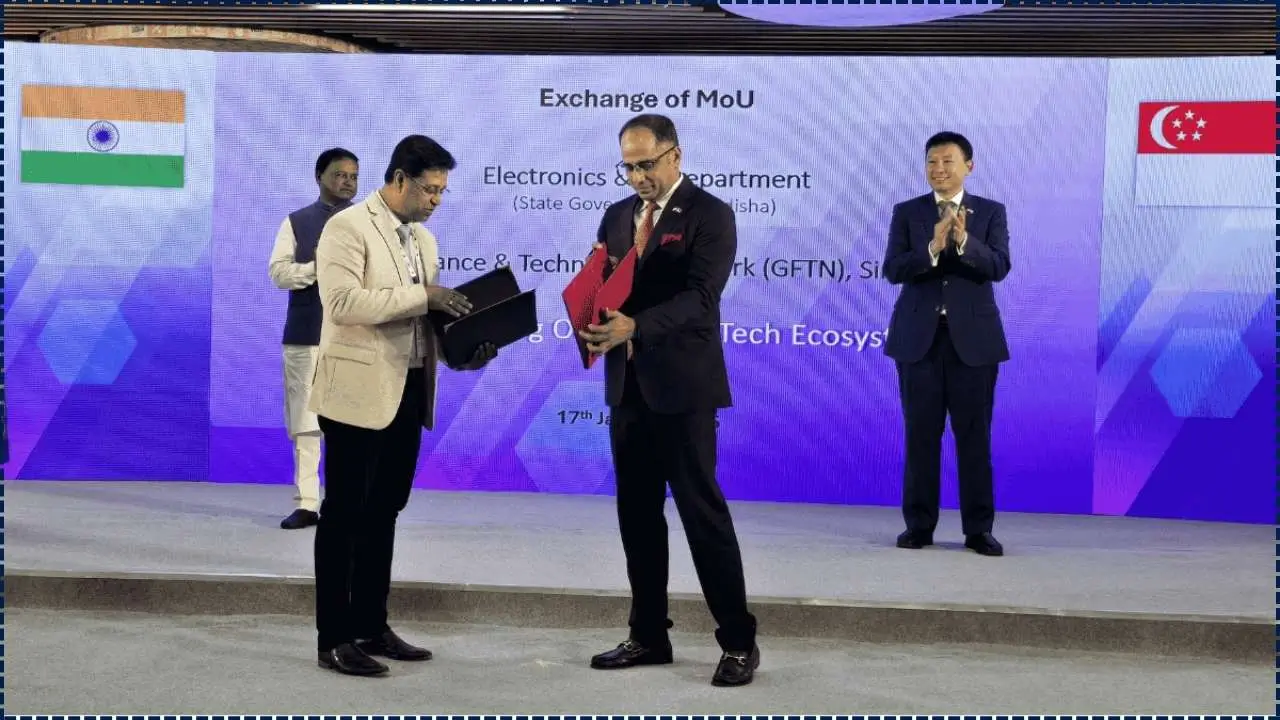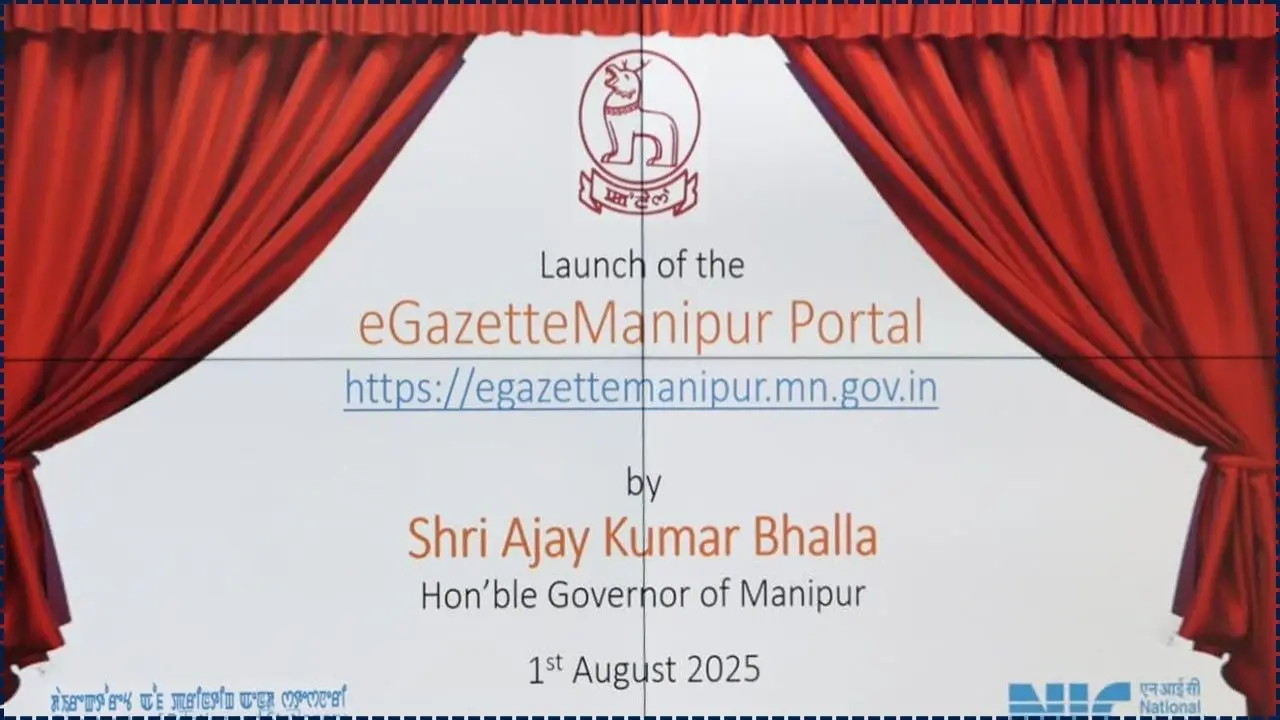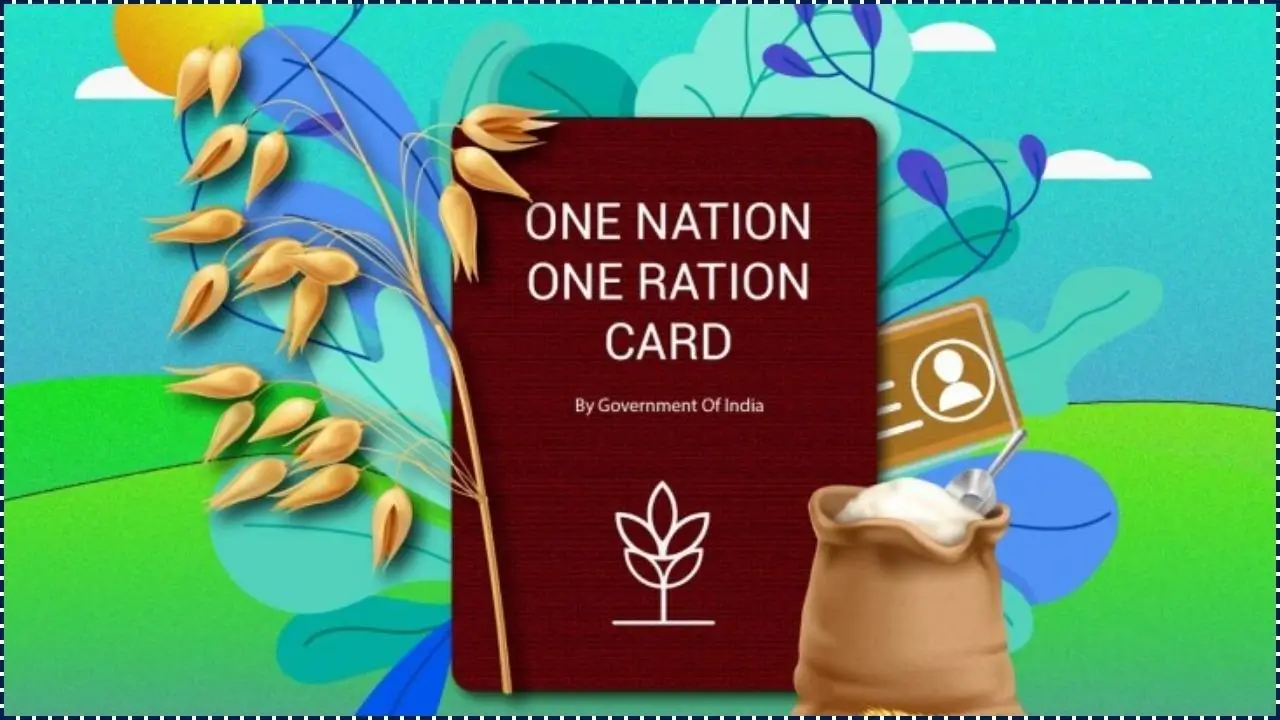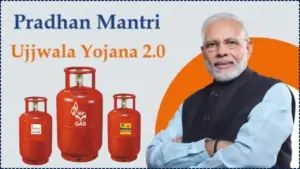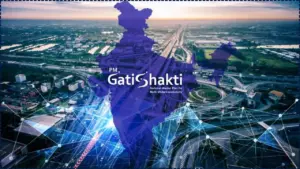The PM Gati Shakti Yojana, While framed as an infrastructure plan, is fundamentally a national commitment to human welfare and inclusive opportunity. By systematically integrating key projects across central and state governments, this ambitious master plan is designed not just to lay roads and rail, but to connect people, livelihoods, and essential services with unprecedented efficiency.
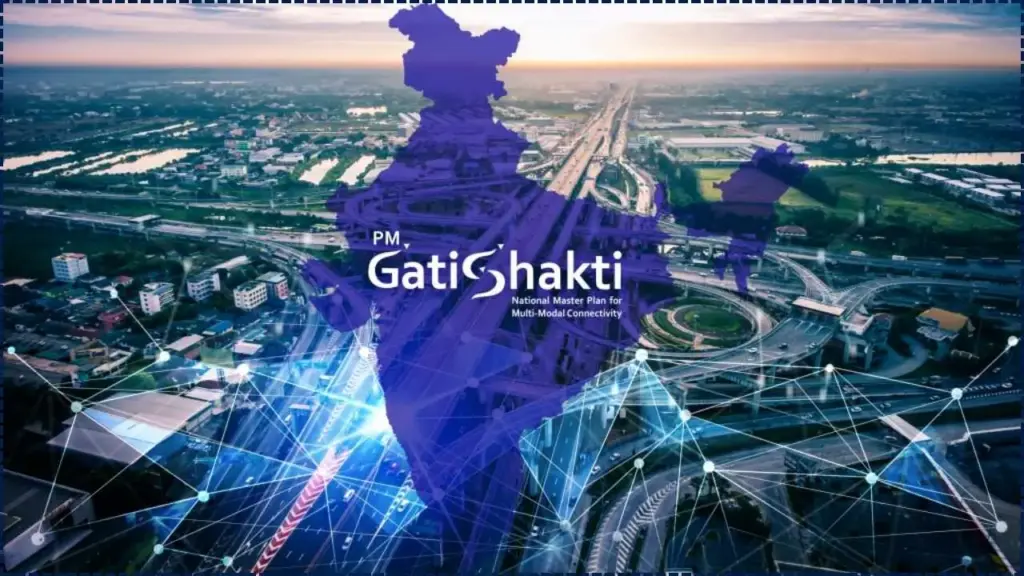
The resulting reduction in logistics costs and optimized supply chains will directly translate into lower prices for goods, more reliable access to markets for farmers and small businesses, and faster delivery of aid and resources to remote communities. Ultimately,Gati Shakti promises to overhaul India’s development paradigm, ensuring that strategic, data-driven planning leads to equitable economic growth and a better quality of life for every citizen, regardless of where they live.
Objectives of the PM Gati Shakti Yojana
The primary goal of the PM Gati Shakti Yojana is to improve multi-modal connectivity across India, facilitating smoother and more efficient transport and logistics. Key objectives include:
- Integrated Infrastructure Planning: The initiative eliminates siloed planning, fostering better coordination among various ministries.
- Reduced Logistics Costs: By optimizing the movement of goods and services, it aims to reduce transportation costs and improve efficiency.
- Economic Growth: The initiative is expected to accelerate industrial growth and job creation, bolstering India’s economic progress.
- Sustainability: It incorporates green technologies and aims for environmentally sustainable development in line with climate goals.
Key Features of PM Gati Shakti Yojana
1. Multi-Modal Connectivity
The PM Gati Shakti plan emphasizes the creation of integrated transportation networks that connect roads, railways, ports, and airports. This multi-modal approach ensures that goods can seamlessly transition between different transport modes, reducing delays and costs.
- Example: The development of the Eastern Peripheral Expressway in Delhi aims to connect road networks, reducing the pressure on city roads and easing congestion for cargo transport.
2. Data-Driven Decision Making
At the heart of the initiative is a GIS-based digital platform. This platform integrates over 1,600 data layers, such as satellite imagery from ISRO, to provide real-time updates and facilitate better decision-making across infrastructure projects. It enables stakeholders to monitor progress, plan efficiently, and identify bottlenecks.
- Real-Time Insights: The system’s live data updates allow for faster responses to challenges, ensuring smoother execution of projects.
3. Single-Window Clearance
One of the major challenges in infrastructure development has been the complexity of approval processes. To address this, PM Gati Shakti introduces a single-window clearance system, simplifying bureaucratic hurdles and accelerating the pace of project implementation.
- Impact: This mechanism drastically reduces delays caused by approval processes, enabling quicker mobilization of resources and faster project rollouts.
4. Infrastructure Master Plan
The plan lays out a comprehensive Infrastructure Master Plan to prioritize critical infrastructure projects. The master plan includes a clear timeline, resource allocation, and identification of high-priority projects in key sectors like transportation, energy, and logistics.
- Long-Term Roadmap: The initiative focuses on ensuring infrastructure projects are developed in a synchronized manner across all regions of India.
Impact on India’s Economy and Infrastructure
1. Reduced Logistics Costs
India’s logistics sector has long been considered inefficient compared to global standards. The PM Gati Shakti Yojana aims to reduce logistics costs from 13-14% of GDP to about 8%, which would bring the country closer to the global average. By improving infrastructure and connectivity, the initiative makes India’s goods more competitive in the global market.
- Real-World Example: The development of new roads and the Dedicated Freight Corridors (DFC) for faster train transport will significantly cut down the time and cost of moving goods.
2. Facilitating Economic Integration
The plan is expected to boost economic integration between states, ensuring that products and services can move efficiently across borders. The improved connectivity will foster trade and cooperation, particularly in sectors such as manufacturing, agriculture, and e-commerce.
- Example: The Eastern Peripheral Expressway not only improves local connectivity but also promotes better linkages with neighboring states, enhancing cross-border trade.
3. Employment Generation
The focus on infrastructure development is expected to create significant employment opportunities, both directly and indirectly. The construction of roads, railways, airports, and ports will require a substantial workforce, contributing to job creation in various sectors.
- Estimate: Government reports suggest that the implementation of Gati Shakti could generate millions of jobs in sectors such as construction, logistics, and manufacturing.
4. Regional Development
PM Gati Shakti also focuses on promoting regional development by ensuring that infrastructure projects are distributed across the country, including remote and underdeveloped regions. Special attention is given to creating access to infrastructure in the Northeast and tribal areas.
- Example: Projects like the Akhaura–Agartala Railway Line, aimed at reducing travel time between Kolkata and Agartala, are a prime example of how the initiative is improving connectivity in the farthest corners of India.
Related Links
Central vs. State Tax Policies: What Recent Changes Mean for Your Wallet
Health Insurance for All: Central and State Policies Driving Ayushman Bharat Forward
State Government Housing Schemes: How Policies Are Making Affordable Homes a Reality
Future Prospects and Conclusion
1. Expansion to the District Level
Looking ahead, the PM Gati Shakti Yojana plans to expand its reach to the district level with a District Master Plan Portal. This will allow local governments to identify infrastructure gaps and address them, ensuring that growth is inclusive and reaches every region.
- Future Focus: The creation of district-specific solutions will help in addressing local infrastructure challenges, tailoring projects to meet the unique needs of each region.
2. Strengthening Global Competitiveness
As India continues to focus on improving its infrastructure, PM Gati Shakti will play a pivotal role in strengthening the country’s global competitiveness. With enhanced connectivity and reduced costs, India will be better positioned to attract foreign investments and improve its manufacturing output.
- Global Positioning: As a result of these initiatives, India will be more attractive to international companies looking to invest in the Indian market, further boosting the country’s GDP growth.
3. Environmental Sustainability
PM Gati Shakti is designed with sustainability in mind. As infrastructure projects ramp up, there is a strong focus on integrating environmentally friendly practices to ensure that development does not come at the cost of the environment. Renewable energy solutions, green technologies, and eco-friendly construction practices are being incorporated into key projects.

